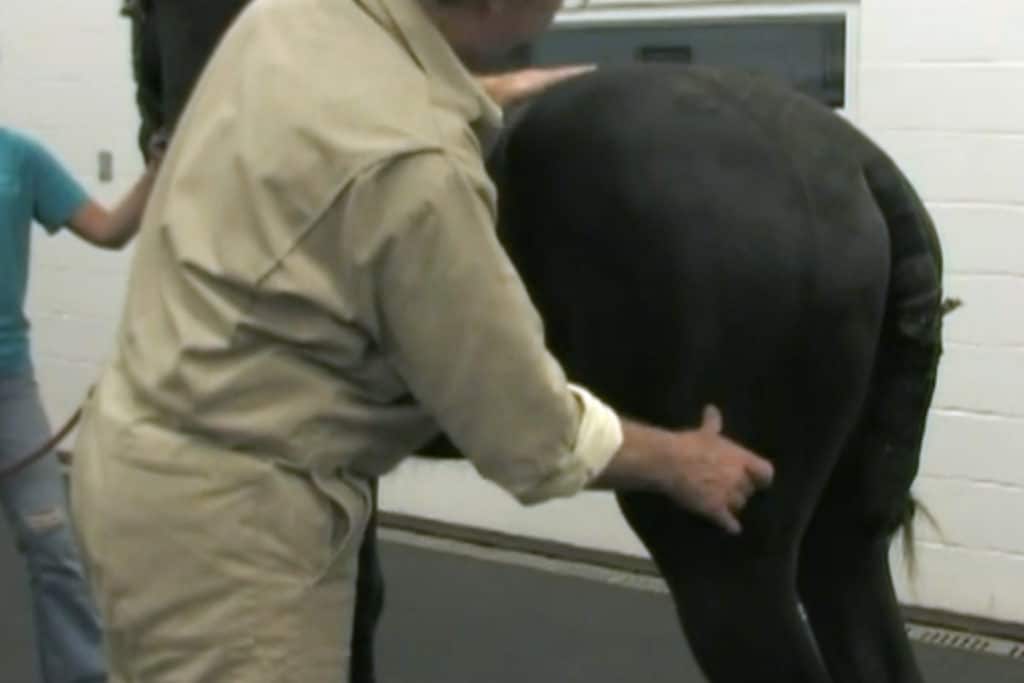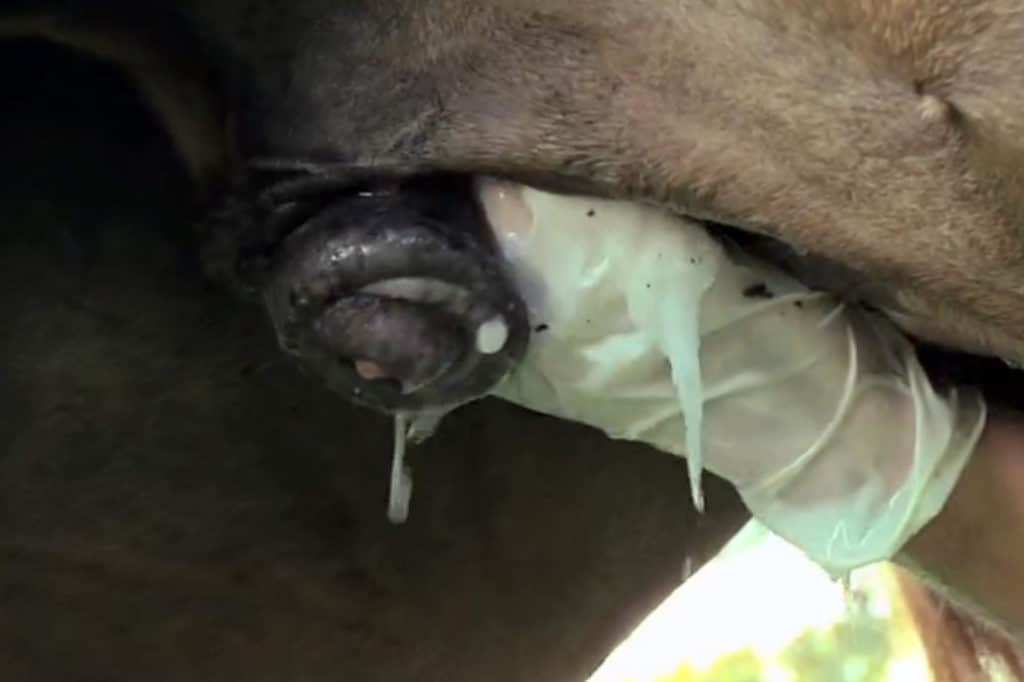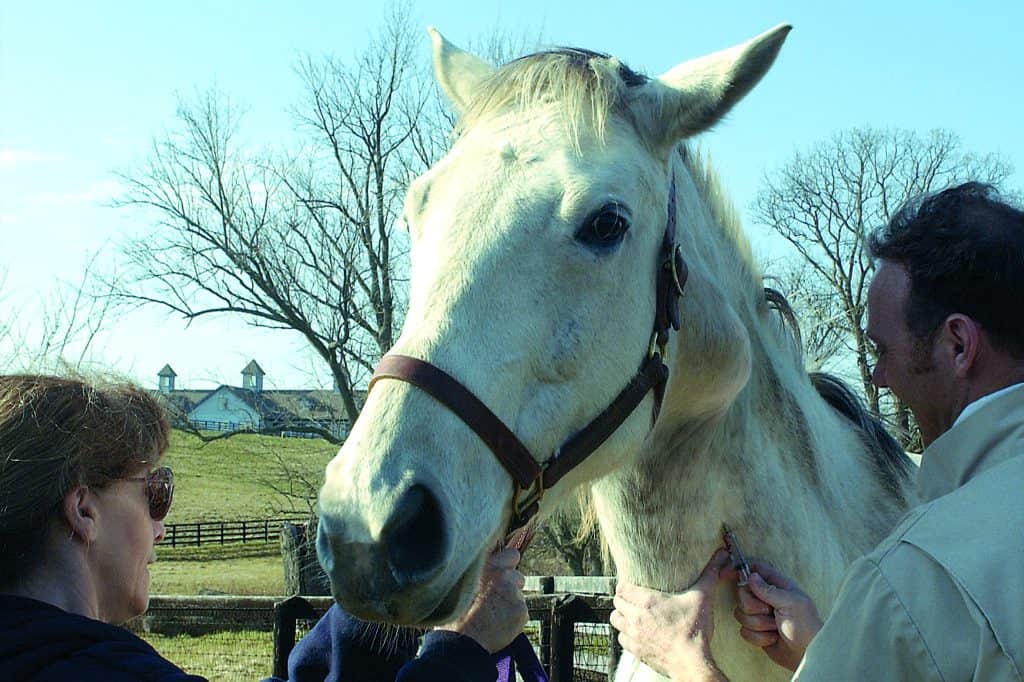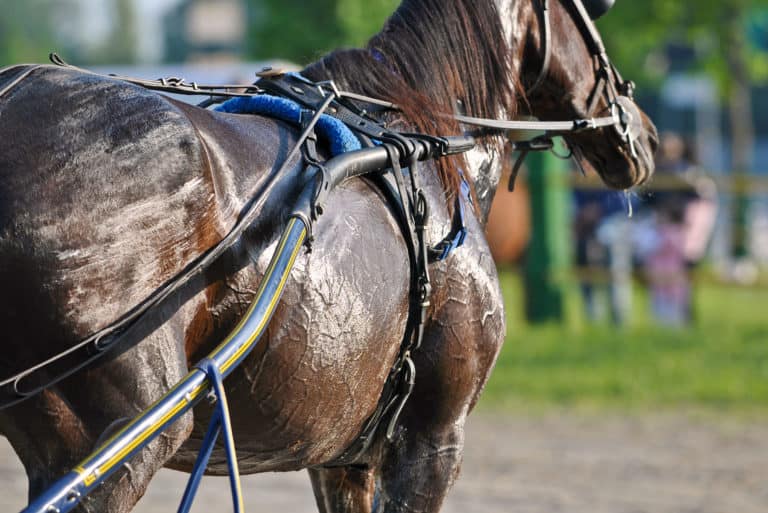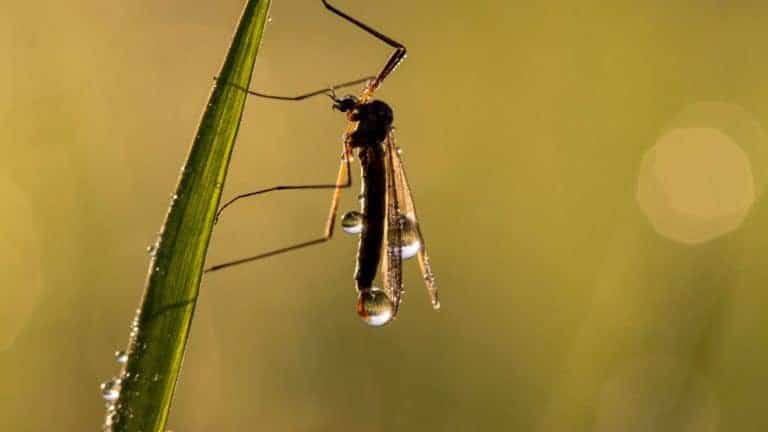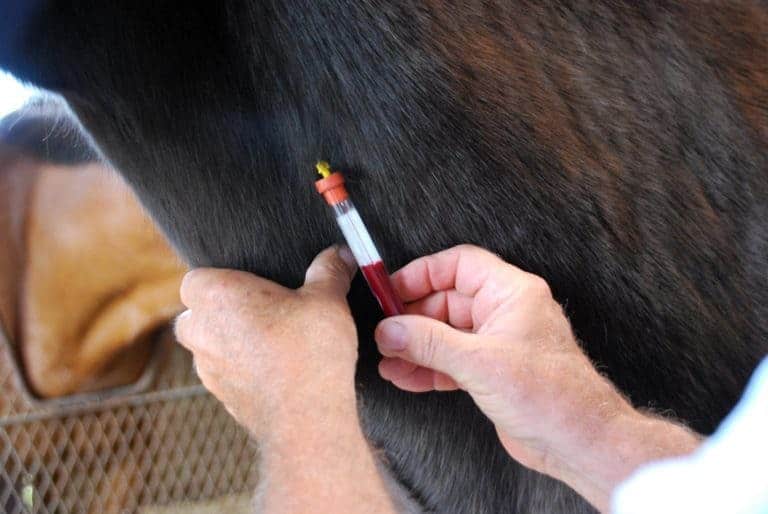
Intravenous Catheter Care for Horses
Sometimes horses might be sent home from the hospital with an intravenous catheter for medications. Here’s how to properly use, care for, and identify problems with these catheters in horses, with Dr. True Baker from the Woodford Equine Hospital.













